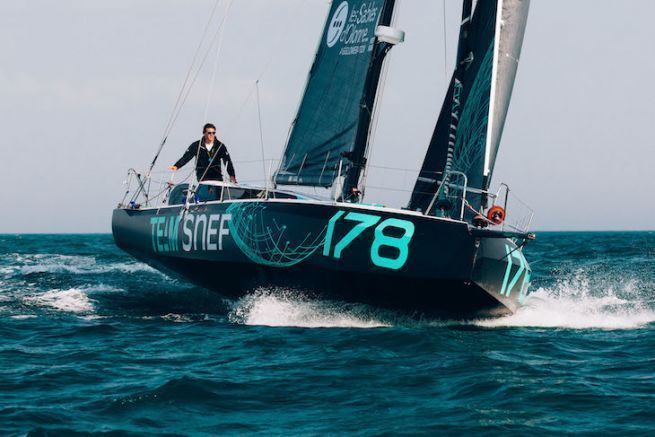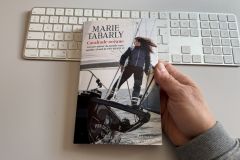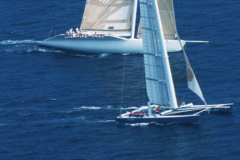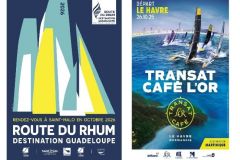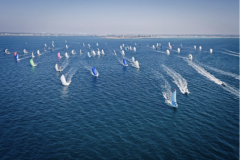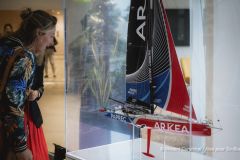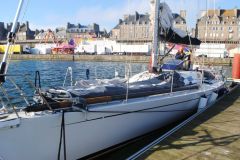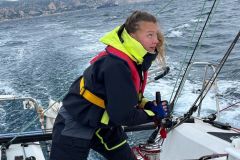After several years on the Figaro circuit, Xavier Macaire and his sponsor, Goupe SNEF have decided to embark on a bigger project: the Class40. Building a new boat, competition, analysis of the classâeuros¦ Xavier Macaire answers our questions.
You joined the Class40 in 2022. Was it the logical next step after years in the Figaro?
It was one of several possible outcomes. In consultation with my sponsor, the SNEF Group, we decided to follow up on the partnership and my career. It is interesting to enter the Route du Rhum in a dynamic class, with new boats, a sporting interest, a high level. It's a big stage where it's possible to build new boats that are financially accessible. The class is careful to keep the boats reasonable. That is why we do not build in carbon, that there are no foilsâeuros¦
My sponsor was looking for renewal, after 20 Solitaire du Figaro races with Jean-Paul Mouren and 5 with me. I also needed some fresh air.
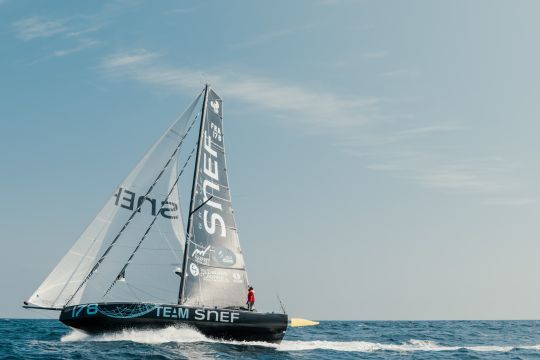
Can you present us your boat, a Pogo 40 designed by Guillaume Verdier. Why this choice, what are its characteristics?
I made this choice for several reasons. First of all, he is a well-known architect whose philosophy I really like. The boat is optimized to be fast and reliable downwind, the preferred point of sail in transatlantic races. I also have confidence in the Structures yard, which has a know-how in construction. I sailed a Pogo 2 during my Mini years, and I have a very good relationship with the yard. In terms of cost, it was also cheaper than a prototype boat. We had a tight budget for the purchase of the boat, and the assembly was reasonable. The time frame was reasonable too.
How are you getting used to your boat since it was launched last March?
In one short season, I have already sailed well. I did two races, a delivery trip to Marseille, a 4-day training courseâeuros¦ We did a lot of running-in tests, developmentâeuros¦ We are quite happy with what we did.
I don't know her by heart yet, but I have an idea of her capabilities, maneuvers, sail configurations, ballasts. Overall, I've seen in Figaro 2 and 3 that it takes three years to get to know a boat well. We got to know it well, but not in detail. After the Route du Rhum, I may be in phase.
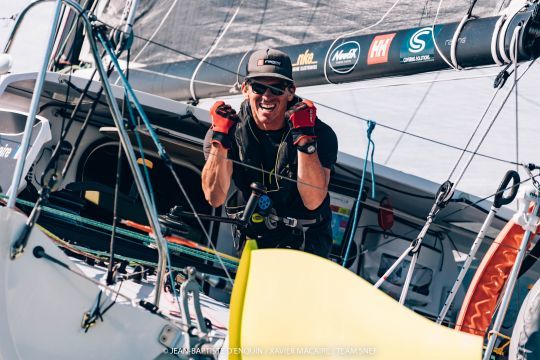
How would you assess your first sailing and racing experience?
We worked hard on the preparation of the boat. She has potential. I feel in phase with this boat, with Class40, with this type of race and course. It's a class with competition. There are some great development challenges to be met. Moving from the Figaro to Class40 increases the size of the project. I have a bigger team, a bigger budget. It requires coordination and work. In Mini, I was alone. In Figaro, I had a press officer and a mediaman. In Class40, the team is bigger, I have two préparateurs, a person who helps me with logistics and communication. It's getting bigger and it's interesting.
Did you do any summer work despite the recent launch?
The small project in August consisted in repainting the keel and the rudder. There was no revolution.
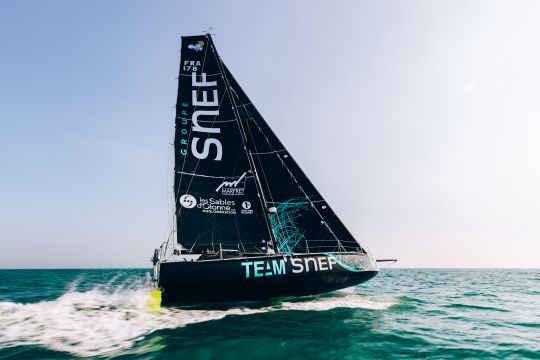
What will be your objective in this first Route du Rhum? Can your record on the Figaro circuit scare the competition?
My performance habit was very useful for the Dhream Cup. It was a Figaro stage format, 4 days 4 nights, sailing along the English coast, crossing the Channel, going to the Fastnet. I know this course by heart in Figaro.
We're setting off on a Route du Rhum, in a transatlantic race. It's more of an oceanic weather situation, not a coastal and semi-high seas one. There are big choices and strategic options to be made, with a northern or southern route over long periods of time. Or else the route will be mapped out in front of us.
I've already done four transatlantic races, but I'm going to adapt and be good at this way of doing things, which is not the same as the Figaro. I'm going to concentrate on that, I want to do well.
What do you think of the level of the Class40 and especially the incredible number of participants in the race?
It's great! The boats are great. The new scows are crazy! With 12 knots of wind, we can go at 13 knots under gennaker, with 20 knots, we can go at 18 knots!
It is a class that remains accessible without having very big partners, to professionals as well as to amateurs. It is not at all for a professionalization of the series, and it is very good that amateurs can come. The more the number of members increases, the higher the level, with new boats that follow the evolution of races and transatlantic races.
Could the round-the-world race in Class40 be in your plans?
In the imagination, it makes me dream. But I'm not ready. For one thing, for family reasons. I have young children, and it's not easy to reconcile a life as a skipper with a family life. My priority is to get results, but also to find a family balance. It is also an expensive project.
At the moment, I think it's a bit touchy to go around the world in a Class40. You need a special preparation. You would also have to reinforce the boat or design it especially for that. Today, I am not serene.
